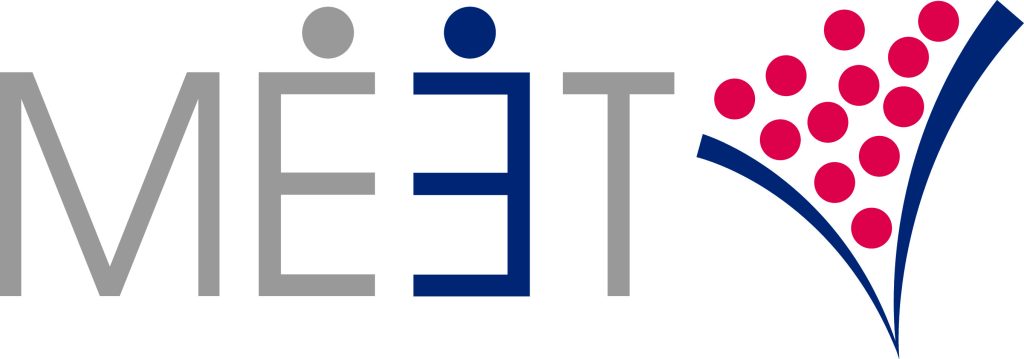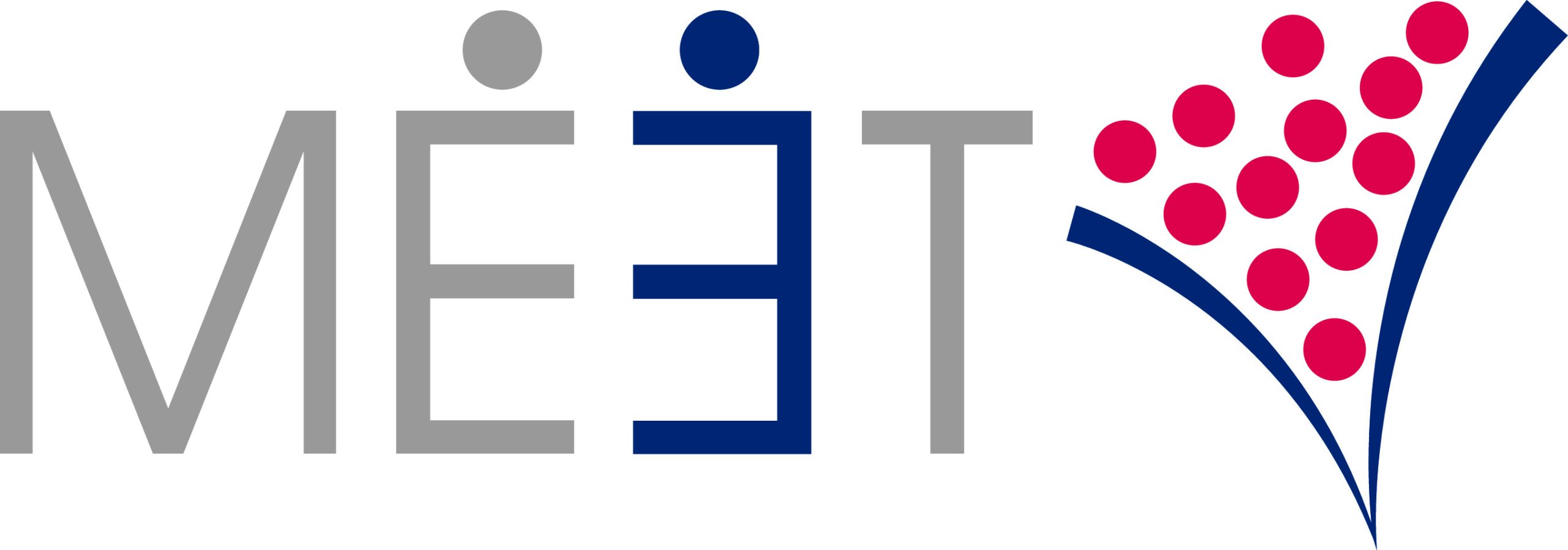Planning for a trade show is a complex process that involves numerous elements, from logistics and booth design to marketing strategies and staffing. To ensure that your efforts result in a successful trade show experience, it’s essential to seek trade show plan feedback and recommendations from various stakeholders. This feedback can provide valuable insights, helping you refine your approach and maximize your return on investment.

1. The Importance of Feedback
Seeking trade show plan feedback allows you to tap into the collective wisdom of your team, past participants, industry peers, and even potential attendees. Gathering diverse perspectives can identify potential issues, discover new opportunities, and enhance your overall strategy. Here’s why it’s crucial:
- Identify Blind Spots: No matter how experienced you are, it’s easy to overlook details. Feedback helps identify these blind spots, ensuring a more thorough and effective plan.
- Improve Engagement: Recommendations from past attendees or colleagues can help you create a more engaging and appealing booth, attracting more visitors.
- Optimize Resources: Feedback can reveal more efficient ways to allocate resources, from staffing and scheduling to promotional materials and giveaways.
2. Sources of Trade Shpw Plan Feedback
When you seek trade show plan feedback, consider a broad range of sources to ensure comprehensive input:
- Internal Team: Your staff, especially those with previous trade show experience, can provide practical insights based on what has worked or not worked in the past. Regular brainstorming sessions and debriefs can be invaluable.
- Past Participants: If you’ve exhibited at trade shows, seek feedback from past attendees and customers. Surveys and follow-up emails can help gather their opinions on what they liked and what could be improved.
- Industry Peers: Networking with other exhibitors can provide industry-specific advice and innovative ideas that you might not have considered.
- Trade Show Organizers: Organizers have a wealth of experience and can offer recommendations on best practices, effective booth designs, and attendee expectations.
3. Methods for Gathering Feedback
There are several effective ways to gather feedback and recommendations:
- Surveys: Create surveys for internal team members and past attendees. Include questions about booth layout, marketing materials, engagement strategies, and overall experience.
- Focus Groups: Conduct focus groups with employees and select customers to delve deeper into specific aspects of your trade show plan.
- One-on-One Interviews: Personal interviews with key stakeholders can provide detailed and nuanced feedback.
- Post-Event Analysis: After the trade show, conduct a thorough analysis session with your team to discuss what worked, what didn’t, and how to improve.
4. Incorporating Feedback into Your Plan
Once you gather feedback, the next step is to integrate it into your trade show plan effectively:
- Analyze Feedback: Review all the feedback received and look for common themes and suggestions. Prioritize the issues that are mentioned most frequently or have the greatest potential impact.
- Revise Objectives: Based on the feedback, you might need to revise your goals and objectives for the trade show. Ensure they are realistic and aligned with the insights gained.
- Adjust Strategies: Make necessary adjustments to your marketing strategies, booth design, and staffing plans. For example, if feedback indicates that your booth layout was too cluttered, consider simplifying it.
- Test Changes: If possible, test out changes before the actual event. This could involve setting up a mock booth or running a small-scale campaign to gauge reactions.
5. Continuous Improvement
Seeking trade show plan feedback should be an ongoing process, not a one-time event. Continuously improving your approach based on the latest insights will keep your trade show strategy dynamic and effective:
- Regular Updates: Regularly update your trade show plan based on new feedback and industry trends.
- Benchmarking: Compare your performance with industry standards and best practices to ensure you are on the right track.
- Training and Development: Invest in training for your team to keep them updated on the latest trade show tactics and technologies.
To maximize the effectiveness of your trade show participation, it’s crucial to seek trade show plan feedback and recommendations from a variety of sources. By incorporating this feedback into your planning process, you can identify potential issues, optimize your resources, and enhance your overall strategy. This continuous feedback loop will not only help you achieve your trade show objectives but also ensure that you stay competitive and innovative in an ever-evolving market. By making feedback an integral part of your trade show planning, you set your business up for greater success and a higher return on investment.
Evaluate Trade Show Plan Feedback
Learn about MEET’s Trade Show Dashboard tools
—
About MEET
MEET helps international B2B & B2G companies scale in the U.S. through trade shows, events, and strategic connections. Contact Bill Kenney to discuss your U.S. expansion goals bill@meetroi.com or +1 (860) 573-4821.

